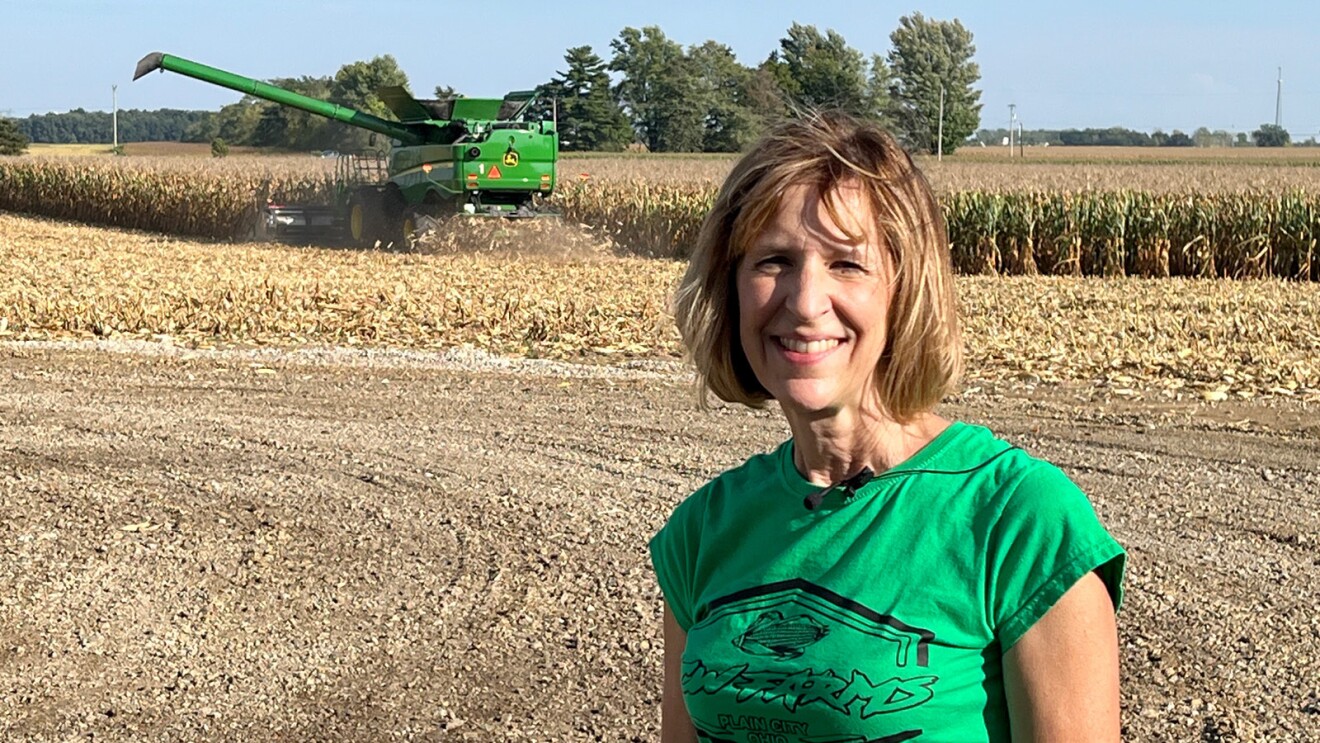It’s an expensive time to be a farmer.
Growers are feeling a pinch in their pockets this year. The reason? Their operating expenses—fuel, fertilizer, seeds, and other inputs—are rising. Supply chain snags, the war in Ukraine, and inflation are frequently blamed.
“It’s very costly right now,” said Christie Wilson, a lifelong farmer based about 20 miles west of Columbus, Ohio. “It’s unlike anything we’ve ever seen because there are so many outside factors contributing. There isn't really one thing, but a combination of everything; it all hit at the same time.”
 Christie Wilson
Christie WilsonWilson was raised on a dairy farm. She and her husband began farming grain together when they married in 1987. Now, the couple and their son manage 6,000 acres of land across five counties in central Ohio.
Wilson has meticulously tracked the family farm’s finances for decades. A few years ago, she moved her accounting and operations data into a cloud-based software tool called Traction Ag, which is powered by AWS. Traction allows her to have a view of the farm’s productivity from anywhere in the world, tracking costs and margins down to a field or even a single bushel, in real time.
“Most farmers manage their finances through spreadsheets or a more generalized software platform, but nothing talks to each other,” said Ian Harley, co-founder of Traction Ag.
Harley said many farmers are overloaded with work, filling in spreadsheets as they juggle all their other tasks as operators.
“Traction is connecting the dots to have them do less, and get more value from the data,” he said.

Traction is built on a data infrastructure provider called Leaf, which pulls together information from a wide range of existing sources—like major machinery brands, farm management platforms, imagery and weather services, mapping services, and weather stations. Once data is aggregated, Leaf’s unified application programming interface (API) allows partners like Traction to extract insights that help farmers make key decisions affecting their bottom line.
Precision data, like planting or harvesting information, is already collected on about 70% of farmable acreage in the United States. But most of this data exists in formats that don’t talk to one another. And much of it is not captured in the cloud.
“The vast majority of the data that's being collected is sitting on thumb drives in shoeboxes,” said G. Bailey Stockdale, CEO of Leaf.
Stockdale estimates that only 30% of all farm data collected is currently accessible from the cloud. This leaves a big opportunity to make farms more efficient—both in terms of cost savings and environmental sustainability.

Data captured from computers in farm machinery, for example, can help farmers make more accurate decisions about which seeds to plant or how much fertilizer to use. Weather and mapping data can help growers discern which plots of land are likely to get the highest yield each year.
"Agriculture is a data-rich industry,” said Elizabeth Fastiggi, global head of agriculture at AWS. “But our food system is complex, and this data comes in many, often incompatible, forms. Leaf is unlocking efficiency and value across the entire agri-food chain."
Leaf, which recently announced its Unified Farm Data API in AWS Marketplace, is used around the world by crop insurance providers, farm management systems, agricultural retailers, carbon markets, biotech companies, and many other types of businesses. The API connects everything from field data to satellite imagery, all with an aim of helping growers make more informed—and profitable—decisions.
According to Stockdale, being able to share clean, reliable data in a streamlined way is already helping farmers make on-farm decisions. It also helps them when it comes time to apply for loans or shop for the best deal on crop insurance.

Last year, the insights Wilson gained from using Traction helped her family decide it was the right time to buy new equipment. They could accurately calculate their cost of production, and they knew it was the right time to make the investment.
“The ability to have this information in the cloud is tremendous. I’m able to see my cost of production, not just my accounting,” Wilson said. “The fact that you can have that information at your fingertips all the time makes it a great platform.”










